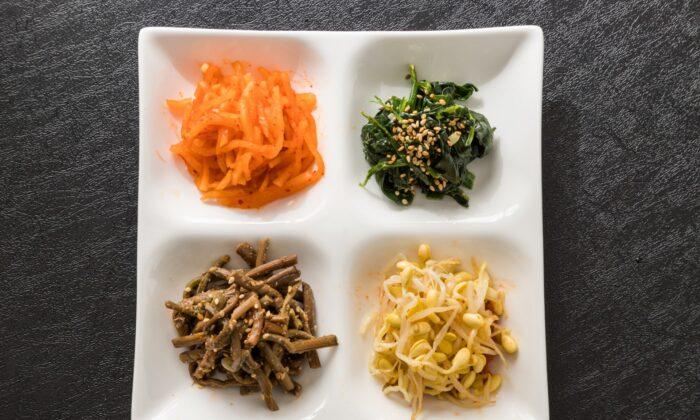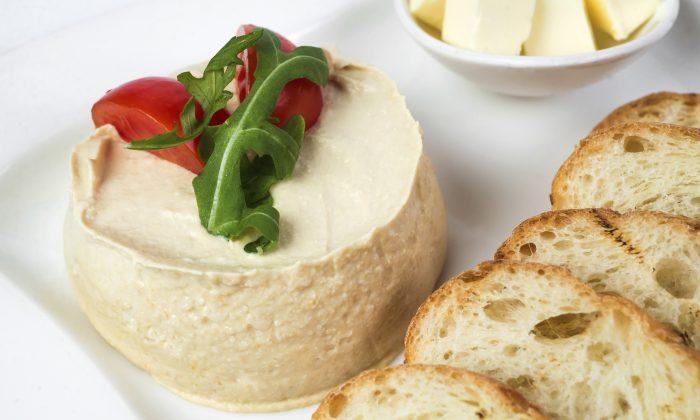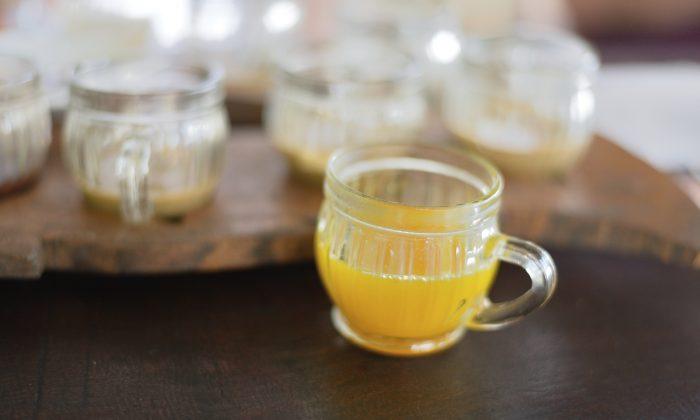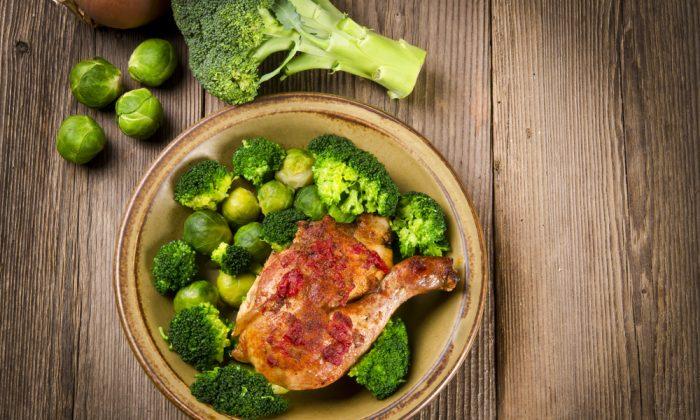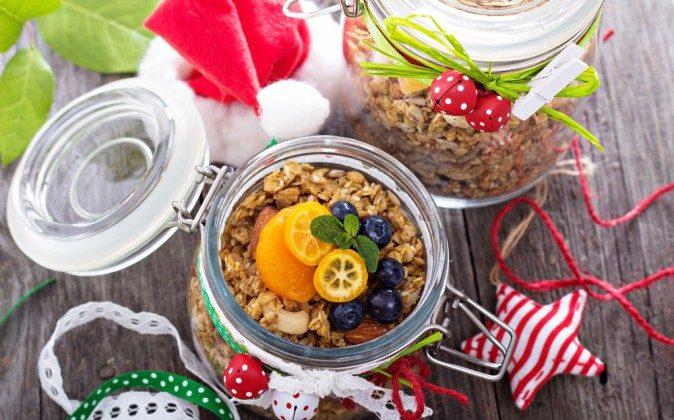Seaweed (also known as sea veggies) might seem like a strange thing to incorporate into your meals, but these plants are some of the most nutrient dense on the planet, containing an abundance of essential minerals that can support your health in a variety of ways. Coming from the ocean, these plants are exposed to all the nutrients that exist there, and can bring all of these healing properties right to your plate.
A few fun facts about seaweed:
- they contain chlorella, which helps the body detoxify
- they can help to purify the blood
- they are typically high in calcium
- they have an alkalizing effect on the body, helping to balance the highly acidic diet that is common in the US
- their natural chelating effects help prevent us from absorbing and storing toxins
Kelp
Kelp is often available in a shaker form and makes a wonderful substitute for salt. It is high in iodine (supporting the health of your thyroid) and is one of the easiest to incorporate into meals by just sprinkling on everything and anything!Dulse
Dulse is also often available in a shaker form and is commonly used as a seasoning. You can sprinkle this sea veggie as freely as kelp – they both make great additions to any dish.Nori
Nori is most well known for making sushi rolls and is available in most health food stores. You can use these sheets for DIY sushi (makes for a fun night of cooking) or you can even roll up leftovers or sandwich ingredients in nori sheets, making a wonderful bread replacement.Wakame
Wakame is often sold dehydrated and it is recommended to cook it in boiling water for a few minutes to remove any “ocean flavors.” It makes a great addition to miso soup and can be included in salads and soups once rehydrated.Kombu
You may have heard of cooking beans and legumes with seaweed to ease their digestibility, and if so, this is the seaweed that is often used. Using a strip of kombu seaweed when cooking dried beans can help lessen digestive discomfort sometimes associated with beans and legumes, making them easier to break down.Dr. Frank Lipman is the founder and director of the Eleven Eleven Wellness Center in New York City. This article was originally published on DrFrankLipman.com.
*Image of “Fuji seaweed salad“ via Ken Hawkins/CC BY 2.0

